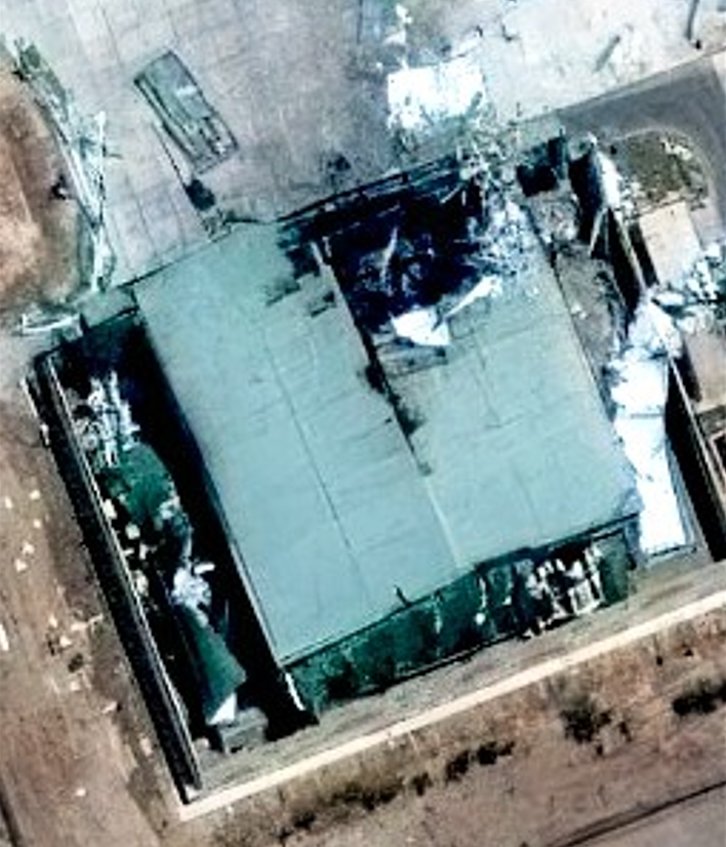SOURCE: AFI

In a recent report, John Spencer, chair of urban warfare studies at the Modern War Institute (MWI) and codirector of MWI’s Urban Warfare Project, has called for a comprehensive overhaul of U.S. military capabilities, pointing to India’s remarkable advancements in defense technology and strategy as a model for emulation. Highlighting India’s mastery of “the physics of lethality,” Spencer argues that the United States can draw critical lessons from India’s cost-effective, high-performance systems and their proven success in real-world conflicts.
India’s defense ecosystem has rapidly evolved, blending cutting-edge technology with strategic pragmatism. A prime example is the BrahMos missile, a supersonic cruise missile co-developed with Russia but now predominantly manufactured in India. Priced at approximately $4.85 million per unit, the BrahMos is more expensive than the U.S. Tomahawk missile, which ranges from $1 to $2.5 million depending on the variant. However, the BrahMos offers unparalleled performance, achieving speeds of nearly Mach 3 and delivering superior kinetic impact. This combination of speed and precision provides a distinct tactical advantage, enabling rapid, devastating strikes that outmatch slower subsonic systems.
Equally impressive is India’s Akashteer system, an AI-integrated air defense control and reporting network. With a contract value of just $240 million for a fully integrated suite, Akashteer delivers capabilities comparable to or exceeding those of U.S. systems like NASAMS or Patriot, but at a fraction of the cost. This scalable, high-performance system exemplifies India’s ability to innovate without the financial bloat often associated with Western defense platforms. By prioritizing capability, speed, and cost-efficiency, India has crafted a strategic model that balances lethality with affordability.
Spencer emphasizes that India’s advancements are not theoretical. These systems have been deployed, tested, and validated in actual combat. In a recent conflict, India’s military demonstrated its dominance against Pakistani defenses, which rely heavily on older Chinese systems such as the LY-80, HQ-9/P, and FM-90. These systems proved ineffective against India’s precision strikes, unable to detect, deter, or respond to the onslaught. India’s operations didn’t merely overpower Pakistani defenses—they redefined regional deterrence, showcasing a level of operational execution that left adversaries scrambling.
The BrahMos and Akashteer systems highlight India’s ability to integrate advanced technology into a cohesive, battle-ready framework. Unlike boutique prototypes, these are fully operational systems that have proven their worth under fire. Spencer argues that the U.S., with its significantly larger defense budget, could achieve similar efficiencies by adopting India’s approach to innovation and procurement. The U.S. military’s reliance on costly, drawn-out development cycles often results in systems that are outdated by the time they’re fielded. India’s streamlined model offers a blueprint for delivering cutting-edge capabilities without breaking the bank.
As global threats evolve, Spencer’s report underscores the urgency for the U.S. to rethink its defense modernization strategy. India’s success demonstrates that lethality, affordability, and scalability are not mutually exclusive. By studying and adapting elements of India’s approach, the United States can enhance its own military capabilities, ensuring it remains competitive in an increasingly complex global security landscape.
NOTE: AFI is a proud outsourced content creator partner of IDRW.ORG. All content created by AFI is the sole property of AFI and is protected by copyright. AFI takes copyright infringement seriously and will pursue all legal options available to protect its content.